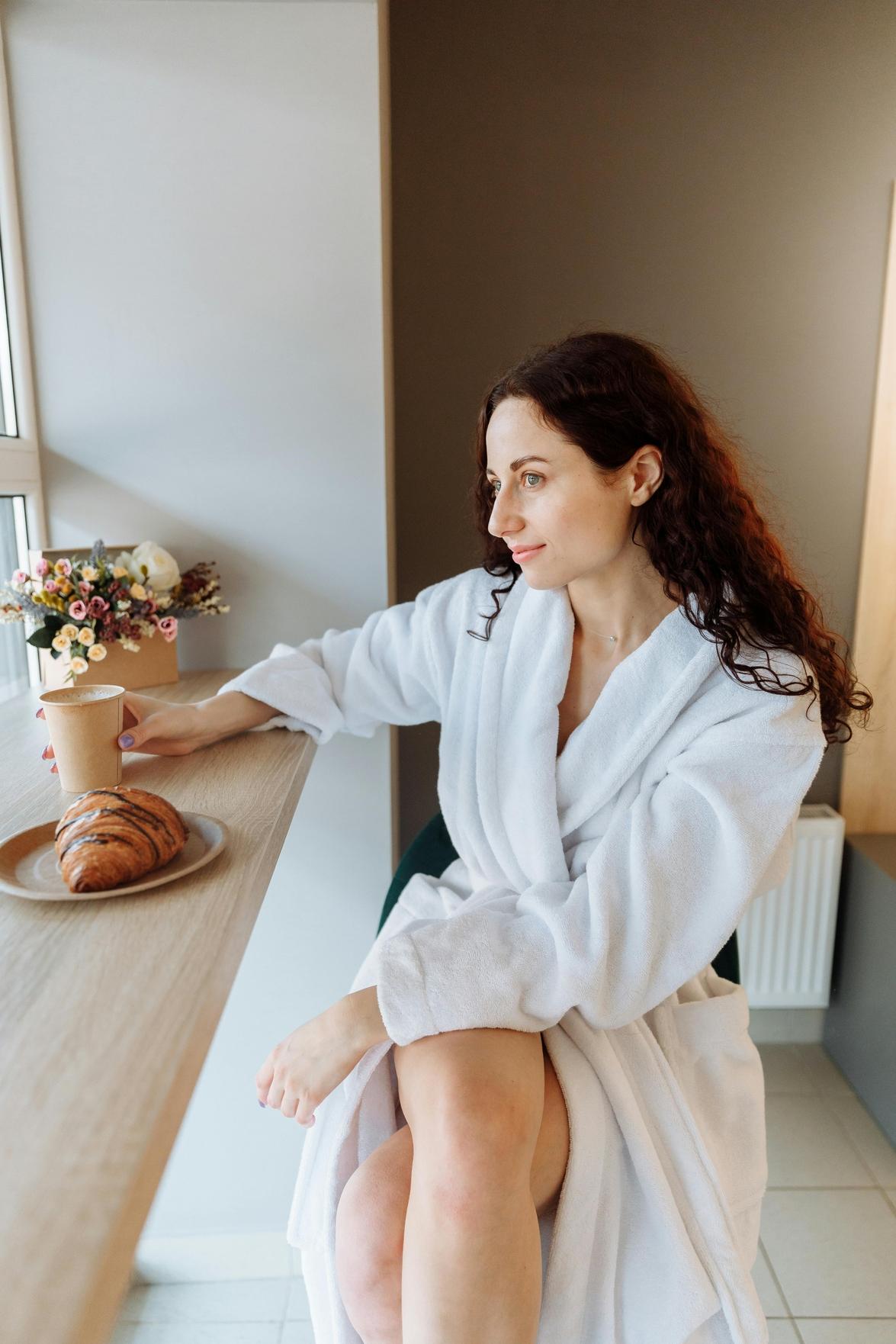Healing Anxious Attachment: Powerful Techniques for a Happier Love

Contact us today to learn more about our services or book a free consultation to break free from your anxious attachment!
Navigating the complex world of relationships can be daunting, especially if you have anxious attachment tendencies. This pattern, often rooted in childhood experiences, can significantly impact your romantic relationships, causing you to feel insecure, overly dependent, and fearful of rejection. The good news is that you can heal and cultivate a more secure and fulfilling love life. In this blog post, we’ll explore effective techniques to address anxious attachment and suggest a specialized approach.
Understanding Anxious Attachment

Before diving into healing techniques, it’s essential to understand what anxious attachment is. People with this attachment style often experience high levels of insecurity and fear about their partner’s commitment and affection. They also might worry excessively about their partner leaving them and seek constant reassurance or wanting to be with them during all of their free time. This pattern usually stems from early interactions with caregivers, where inconsistent responses may lead to the development of an anxious attachment style.
Transitioning from these feelings of insecurity to a state of emotional stability is possible with the right strategies and support. So, let’s explore some powerful techniques to help you on this journey.
How to Heal Anxious Attachment
1. Self-Awareness and Reflection About your Anxious Attachment
The first step in healing anxious attachment is developing self-awareness. Begin by reflecting on your anxious attachment patterns and identifying triggers that activate your anxiety. Journaling can be a helpful tool in this process. So, write about your emotional responses in different relationship scenarios and notice any recurring themes or fears.
By understanding your attachment style, you can start addressing the root causes of your anxiety. This awareness is crucial for implementing effective coping strategies and fostering healthier relationships.
2. Practice Self-Compassion
Healing anxious attachment involves treating yourself with kindness and understanding. Often, individuals with anxious attachment are their own harshest critics, exacerbating feelings of insecurity. So, practice self-compassion by acknowledging your feelings without judgment and giving yourself the same empathy you would offer a friend.
To cultivate self-compassion, try incorporating mindfulness practices into your daily routine. Techniques such as meditation and deep breathing can help you stay grounded and reduce anxiety. Additionally, engaging in activities that bring you joy and fulfillment can enhance your overall well-being and self-esteem.
3. Strengthen Communication Skills
Effective communication is vital for building and maintaining healthy relationships. For those with anxious attachment, it’s essential to express your needs and concerns openly and assertively. So, avoiding passive-aggressive behavior or excessive reassurance-seeking can lead to more balanced interactions with your partner.
To improve your communication skills, practice active listening and empathetic responses. So, reflect on what your partner is saying and validate their feelings, even if you don’t entirely agree. This approach fosters mutual understanding and strengthens the emotional connection between you and your partner.
4. Set Healthy Boundaries
Establishing and maintaining healthy boundaries is crucial for managing anxious attachment. Boundaries help create a sense of security and respect in relationships, reducing the likelihood of feeling overwhelmed or engulfed. So, it’s important to communicate your boundaries clearly and respectfully, and to be willing to negotiate them when necessary.
For instance, if you feel overwhelmed by constant contact with your partner, it’s okay to discuss setting limits on communication without implying a lack of commitment. Healthy boundaries contribute to a balanced and fulfilling relationship dynamic.
5. Engage in Personal Growth from Anxious Attachment
Personal growth also plays a significant role in overcoming anxious attachment. Invest in activities that enhance your self-confidence and emotional resilience. This might include pursuing hobbies, setting and achieving personal goals, or engaging in self-care practices.
Additionally, consider working with a therapist who specializes in attachment theory. Therapy can provide valuable insights and tools for managing your attachment style. For example, one particularly effective approach is attachment-focused EMDR therapy.
6. Explore Anxious Attachment Focused EMDR Therapy
Attachment-focused EMDR (Eye Movement Desensitization and Reprocessing) therapy is a specialized treatment designed to address attachment-related issues. Also, this form of therapy integrates principles of attachment theory with EMDR techniques to help individuals process and reframe distressing experiences related to attachment.
In attachment-focused EMDR therapy, you work with a trained therapist (like the ones in our practice) to identify and process past experiences that contribute to your anxious attachment style. So, through guided eye movements and other bilateral stimulation techniques, you can reprocess negative beliefs and emotional responses, fostering a more secure and positive attachment style.
This therapy can be particularly beneficial if you have experienced trauma or have deeply ingrained attachment patterns that are challenging to address through traditional methods. So, by working through these issues with a skilled therapist, you can develop healthier relationship patterns and enhance your emotional well-being.
7. Foster Secure Relationships
Finally, surrounding yourself with supportive and understanding individuals can aid in your healing process. So, seek relationships with people who are secure, compassionate, and willing to work with you on your attachment issues. A supportive social network can provide reassurance and model healthy relationship behaviors.
Engage in relationships where open communication, mutual respect, and emotional support are priorities. These positive interactions can reinforce your efforts to heal anxious attachment and help you build a more secure and fulfilling love life.
Conclusion
Healing anxious attachment is a journey that involves self-awareness, self-compassion, effective communication, boundary-setting, personal growth, and specialized therapy options. So, by implementing these techniques and considering attachment-focused EMDR therapy, you can work towards a more secure and satisfying relationship dynamic.
Remember, healing is a process, and progress may take time. Be patient with yourself and stay committed to your personal growth. With the right tools and support, you can overcome anxious attachment and create a happier, healthier love life. If you would like to schedule an initial appointment with one of our experienced therapists, please Click Here.
